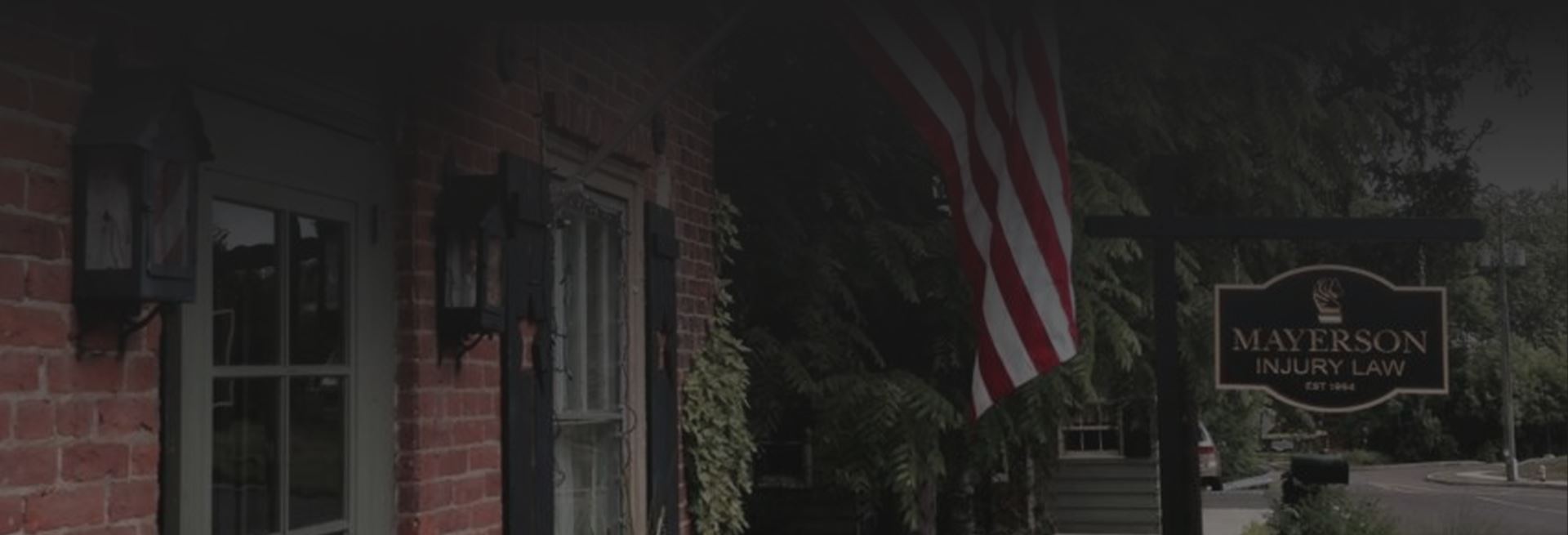As the holiday season approaches, the roads become more congested and the risk of accidents increases. To ensure you and your loved ones stay safe during this festive time, we have compiled a comprehensive guide to help you navigate the holiday driving hazards. From dealing with impaired drivers to managing inclement weather, this blog post will provide you with tangible and useful tips to stay safe on the road.
1. Staying Alert: How to Avoid Fatigue-Related Accidents
The holiday season often means long drives and late-night journeys. Fatigue can impair your judgment and reaction time, increasing the risk of accidents. This is why it's important to learn effective strategies to combat fatigue.
Here are some strategies to help prevent accidents caused by fatigue:
- Get Sufficient Sleep:
- Aim for 7-9 hours of sleep per night.
- Establish a consistent sleep schedule, going to bed and waking up at the same time every day.
- Take Breaks:
- If driving for an extended period, take regular breaks every two hours.
- Use breaks for stretching and light exercise to stay alert.
- Avoid Driving During Fatigue Risk Periods:
- Avoid driving during the late-night and early-morning hours when your body's natural circadian rhythm promotes sleep.
- If possible, avoid driving during the circadian dip in the afternoon (usually between 2 pm and 4 pm).
- Stay Hydrated:
- Dehydration can contribute to fatigue. Drink water regularly, especially on long drives.
- Limit Stimulants:
- Avoid excessive caffeine or stimulant consumption close to bedtime, as it may interfere with sleep.
- Share Driving Responsibilities:
- If on a long trip, share the driving responsibilities with someone else.
- Know the Signs of Fatigue:
- Be aware of signs such as yawning, heavy eyelids, difficulty focusing, and drifting between lanes. If you notice these signs, it's time to take a break.
Prioritizing adequate sleep, recognizing the signs of fatigue, and taking proactive measures can significantly reduce the risk of fatigue-related accidents.
2. Dealing with Impaired Drivers: Spotting and Avoiding Drunk Drivers
Unfortunately, the holiday season sees an increase in drunk driving incidents. This makes spotting and avoiding drunk drivers crucial for road safety. Signs of a potentially impaired driver include erratic driving such as swerving, delayed responses to traffic signals, inconsistent speeds, and inappropriate braking. If you observe these signs, it's important to maintain a safe distance, change lanes if possible, and avoid confrontations. Additionally, report suspicious behavior to law enforcement, providing details like the vehicle description, location, and observed behavior. When encountering a suspected drunk driver, prioritize your safety by remaining calm, staying vigilant, and, if necessary, using alternate routes or public transportation.
Remember to plan ahead and avoid driving during peak hours for drunk driving incidents. Stay alert, maintain a safe distance, and use defensive driving techniques to protect yourself and others on the road. If you ever encounter a situation involving a potentially impaired driver, prioritize safety and take appropriate measures, such as contacting law enforcement and avoiding direct confrontation.
3. Preparing for Winter Weather: Tips for Safe Driving in Snow and Ice
Winter weather can create treacherous road conditions, making it crucial to be prepared.
Here are some tips to navigate winter conditions:
Prepare Your Vehicle:
- Ensure your vehicle is winter-ready with antifreeze, good tires, and effective brakes.
- Keep the gas tank at least half full to avoid fuel line freezing.
- Check all lights, including headlights, brake lights, and turn signals.
Drive Slowly and Smoothly:
- Reduce speed and increase following distance to allow for longer stopping distances.
- Accelerate and decelerate gradually to avoid skidding.
- Use gentle movements to steer, brake, and accelerate.
Avoid Cruise Control:
- Do not use cruise control when driving on snow or ice.
- Maintain full control of the acceleration and braking.
Stay Informed:
- Check weather forecasts and road conditions before traveling.
- Stay updated on changing weather patterns during the journey.
Brake Carefully:
- Brake early and gently to prevent skidding.
- If your vehicle has an anti-lock braking system (ABS), apply steady pressure.
Increase Visibility:
- Clear all snow and ice from your windows, mirrors, and lights before driving.
- Use headlights to increase visibility, even during daylight hours.
Be Cautious on Bridges and Overpasses:
- These areas tend to freeze first, so approach with extra caution.
Keep Emergency Supplies:
- Carry a winter emergency kit, including blankets, a flashlight, extra clothing, and non-perishable snacks.
Understand Your Vehicle:
- Know whether your vehicle has front-wheel, rear-wheel, or all-wheel drive.
- Understand how to use features like four-wheel drive if your vehicle is equipped.
Stay Home When Necessary:
- If conditions are severe, consider whether the trip is absolutely necessary.
- If possible, delay travel until conditions improve.
4. Navigating Traffic Jams: Strategies for Reducing Stress and Avoiding Accidents
Holiday traffic can be overwhelming, leading to frustration and impatience. That's why it is important to Stay calm and patient, using the delay as an opportunity for relaxation. Maintain a safe following distance to prevent rear-end collisions, stay in your lane to minimize lane-changing risks, and avoid distractions to stay focused on the road. Utilize mirrors, signals, and defensive driving techniques to be aware of surrounding vehicles. Plan your route beforehand using navigation apps and be open to alternative routes to avoid congested areas. Staying informed with traffic updates and practicing courteous driving behavior contributes to a smoother and safer journey through traffic jams.
By following the tips provided in this guide, you can significantly reduce the risk of accidents during the holiday season. Remember, your safety and the safety of others should always be a top priority. If you find yourself involved in an accident despite taking precautions, don't hesitate to reach out to Mayerson Injury Law, P.C. Our experienced team is here to assist you and ensure you receive the compensation you deserve.

